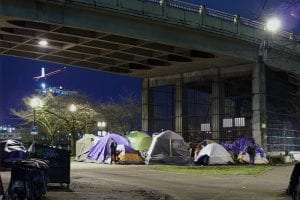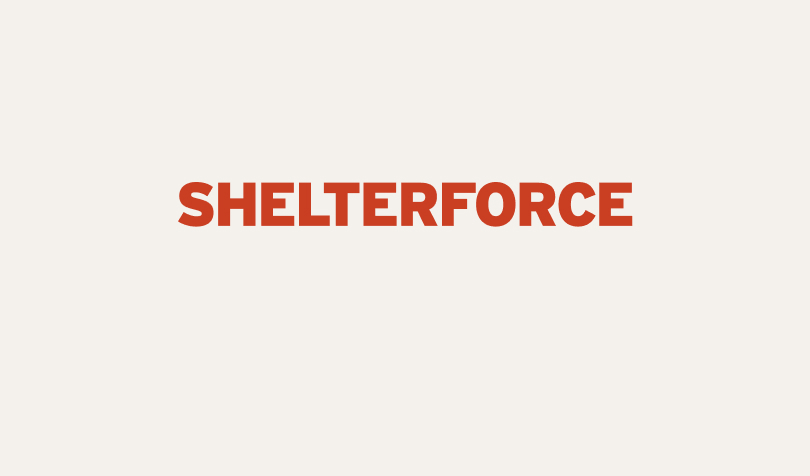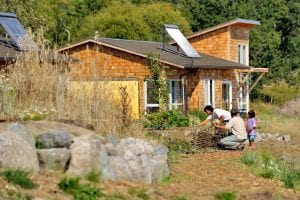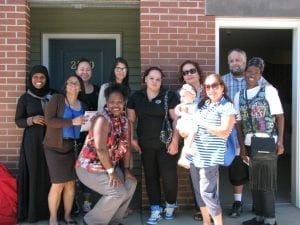
Topic
Housing
Housing matters. A stable, quality, affordable home is a foundation for so many other parts of life. How do we bring it in reach for everyone?
The Latest

Tribal-Sponsored Development Offers Housing and More in Minneapolis
A hub for health care, social services, and community, the Mino-Bimaadiziwin apartments meet the unique needs of urban Native Americans while enriching the surrounding community.
Explore Articles in this Topic
Search & Filter Within this Topic
filter by Content Type
filter by Date Range
search by Keyword

Shelter Shorts—The Week in Community Development, May 4
A Trauma-Centered Approach to Youth Violence in Cleveland | We May Know Who Benefits From Port Covington | What Housing Crisis? | Clearing Homeless Encampments in Philadelphia | Restaurant Tax for Affordable Housing

“More Than the Sum of Our Property Values”
How can power over land be used in such a way that people who are at a political disadvantage—who are poor, members of racial, ethnic or religious minorities, very young or very old, or have a disability—benefit? How about those who cannot speak for themselves, like trees or rivers?

Community Rights and Urban Land
The contemporary American understanding of community control over urban land is rooted in post-war organizing against government-driven redevelopment and bank-driven financial disinvestment. Broader movement groups, like the Chicago chapter of […]

Co-ops: Resistance to Living in the Land of the Lord
For Section 8 recipients, a step toward economic mobility (and community control) can be limited-equity cooperatives. A Section 8 voucher can be used to pay some of the monthly carrying costs of a co-op unit.

The Fight Is Unfinished in San Francisco
Stabilizing their home came at a steep price. These residents no longer face the threat of possible eviction, but they now confront the well-disguised iron hand of the market wrapped in the velvet gloves of “affordability” and “fairness,” pitting them against efforts by their public financiers to force them into higher rents over time.

Interrupting Inequality Through Community Control of Land
Our belief is that community in CLTs emerges not from the simple fact of membership, but from the relationships, cooperative efforts—and disputes–of those occupying and making decisions over the land.

Settling Homeless Families in Vacant Homes
Take Back the Land broke into foreclosed, vacant homes, performed repairs, and housed homeless families in them. The most hopeful lesson to draw from the land occupation and the squatting activities is that pressure can be applied anywhere.

Community Ownership Redefines ‘Highest and Best Use’
The “highest and best use” of real estate should be the maximum fulfillment of social, environmental, and economic benefit for the greatest number of stakeholders including future generations.

Community Land Cooperatives Should Oversee Neighborhood Economic Development
This nonprofit is organizing a real estate investment cooperative for the Mid-Atlantic region of the United States, with the exclusive purpose of incubating, funding, and assisting “community land cooperatives.”

Slow Building of Community on Lopez Island
Lopez Community Land Trust combined community control of land, permanent affordability, permaculture principles, a net-zero energy goal, green designs, individual empowerment and fun, into one ambitious housing development project.

Building Power for Community Control
Residents and institutions in a North Philadelphia neighborhood wanted to put the power of the land back into the hands of the community. The way we decided to do this was to create the Community Justice Land Trust and ensure neighborhood residents and tenants of CLT homes had seats on its board.

The Linchpin of a Just Housing System
A vision is rooted in the belief that housing is a human right, not a commodity to maximize profit. Homes For All believes it is possible to create a just housing system in which everyone has affordable and dignified housing.
